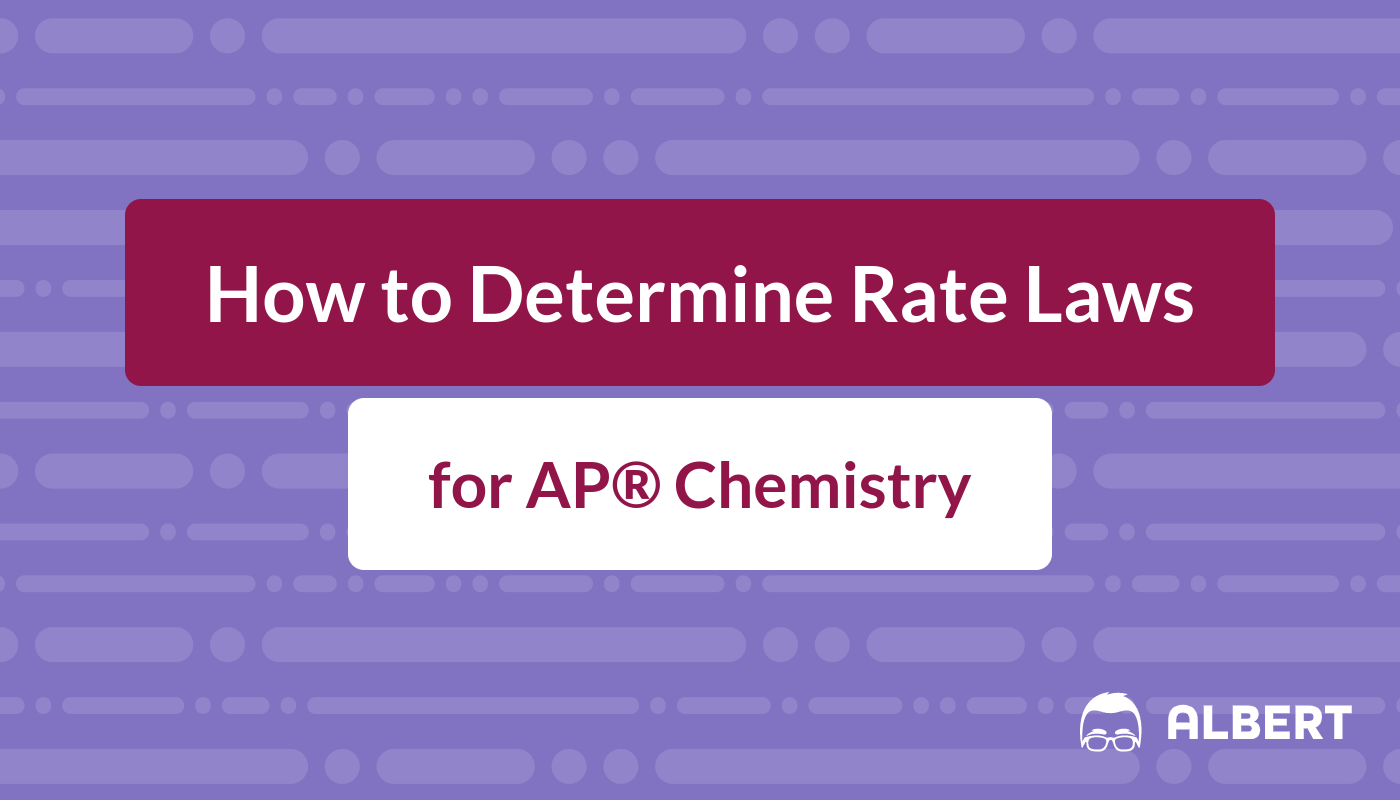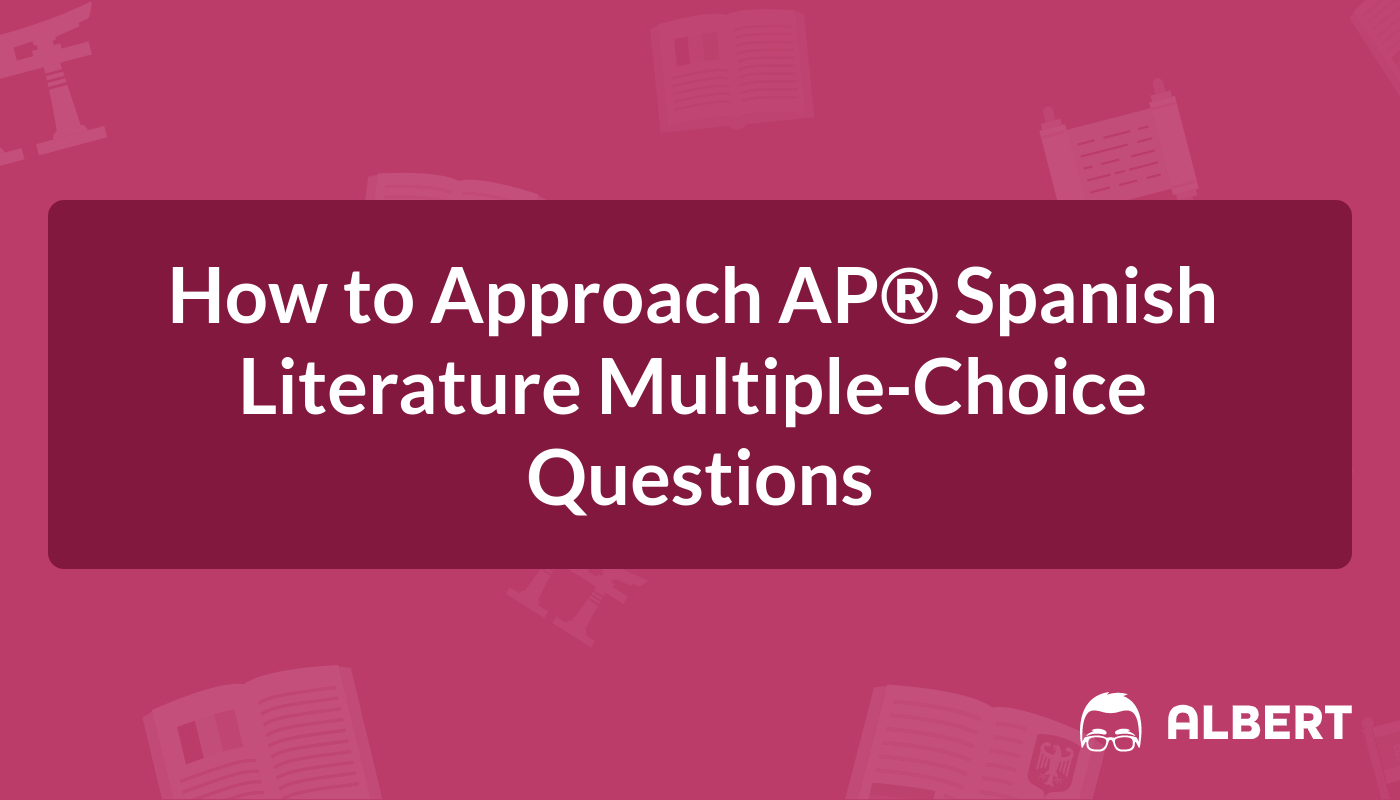The Ultimate Guide to 2015 AP® Spanish Language Speaking FRQs
This study guide will help you prepare for the AP® Spanish Language FRQ speaking section by providing question-by-question examples and strategies to earn your highest score. It will do this by scrutinizing the 2015 AP® Spanish exam to show what test scorers look for in top marks.









